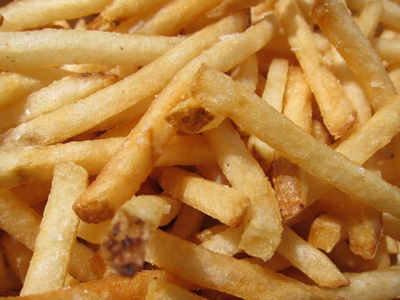Aaron Carroll writes today that calorie labeling in restaurants doesn’t seem to have any effect. I skimmed through his review of the evidence in order to get to the part of the story where he tells us what does have an effect, but I  was disappointed. Not surprised, though. Hardly anything works. Here’s his single paragraph about alternatives:
was disappointed. Not surprised, though. Hardly anything works. Here’s his single paragraph about alternatives:
Previous work in Health Affairs showed that training servers to ask if customers might like to downsize three starchy sides induced up to a third of customers to order and eat 200 fewer calories per meal. More recent work in the journal showed that changing the “prevalence, prominence and default nature of healthy options” on children’s menus led to sustained changes in what people ordered.
I don’t know about children’s menus, but that first suggestion rings a bell. One of my favorite restaurants offers two sides with dinner entrees. I always order the same thing, and all I want is a single side order of fries. This is all but impossible to get. If I tell my server I want just one order of fries and nothing else, I’m told brightly that it’s no trouble to just double up the fries. If I say I don’t want two orders of fries, the cook gives them to me anyway. I think they want to fill up the plate and make sure I don’t feel ripped off.
Suggesting that we downsize calorie-laden sides might be a good idea. But in my experience, the first step is for restaurants to allow sides to be downsized if the customer asks. Baby steps.













